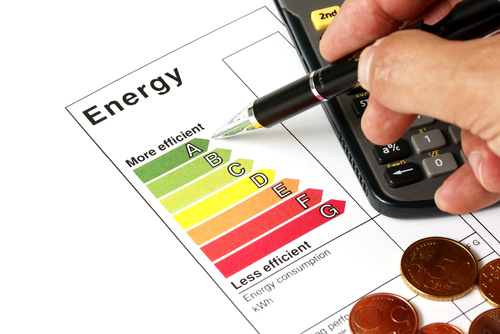The check-in and check-out are vital parts of managing your tenancy and should not be viewed as just two of a long list of boxes you need to tick.
Whether you manage the property yourself or through an agent, it is important to provide your tenants clear documentation and talk through what is expected of them throughout the tenancy before they move in. This gets the landlord-tenant relationship off on the right foot and could help avoid a dispute in the long run.
Remember at the end of tenancy, if your tenant is not satisfied with your proposed deductions to the deposit then you may have to use formal alternative dispute resolution to resolve the dispute. In this case the ball is in your court, you must provide evidence to support your claim. Getting it right from the beginning is the key. The following advice will help you make sure you have everything in hand.
Before check in…
Make sure a comprehensive inventory is completed, whether conducted by you or by an independent company. A good inventory should provide a thorough list of the interior and exterior decor, fixtures and fittings, along with their current condition.
Elaborate and explain clearly the state of the items or fixtures. Simply writing ‘good condition’ is open to interpretation and, in the event of a dispute, won’t give an adjudicator sufficient detail to make a decision. Taking digitally dated photographs will also be useful evidence to support any claims.
At check in...
· Where possible, ensure that all tenants on the Assured Shorthold Tenancy (AST) agreement are present on the day.
· Make sure your tenants sign and date the AST, inventory and any other documents, e.g. photographs.
· Provide your contact details - this is very important for any initial questions or problems and will help you to avoid any issues in the long term.
· Provide information about the main reasons for deposit deductions, such as cleaning charges and unpaid rent. Highlighting these now will mean it won’t come as a surprise at the end of the tenancy.
During the tenancy...
It is advisable to carry out inspections during the tenancy so you are able to pick up on any issues or problems before they become serious e.g. build-up of mould, damp, unreported damages.
Carrying out an inspection a month before your tenants are due to depart is also useful as it will allow you to identify any potential issues which might delay new tenants moving in. It will also provide a chance to remind your tenants of their contractual obligations and any possible charges or deductions from the deposit.
At check out…
· Make sure you have the inventory and check in reports to hand to refer back to.
· Note all changes and dilapidations, even if you are unsure, and use pictures to support your findings.
· The check-out provides the perfect opportunity to discuss and agree on any deposit deduction that you wish to make, so have the check-out report and any other documents signed at dated there and then.
The dreaded dispute
Disputes can often be avoided by highlighting areas for concern during the check out, but remember our mantra: preparing for a dispute starts at the beginning of the tenancy.
Alternative dispute resolution relies on facts, reasonableness and evidence. All disputes decisions are fair and impartial rulings so this is where your check in reports, inventories and supporting evidence will come in to play.
To read the mydeposits guide to check-in and check-out or for further assistance visit the




.jpg)











Comments